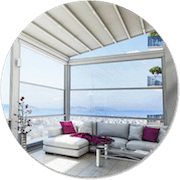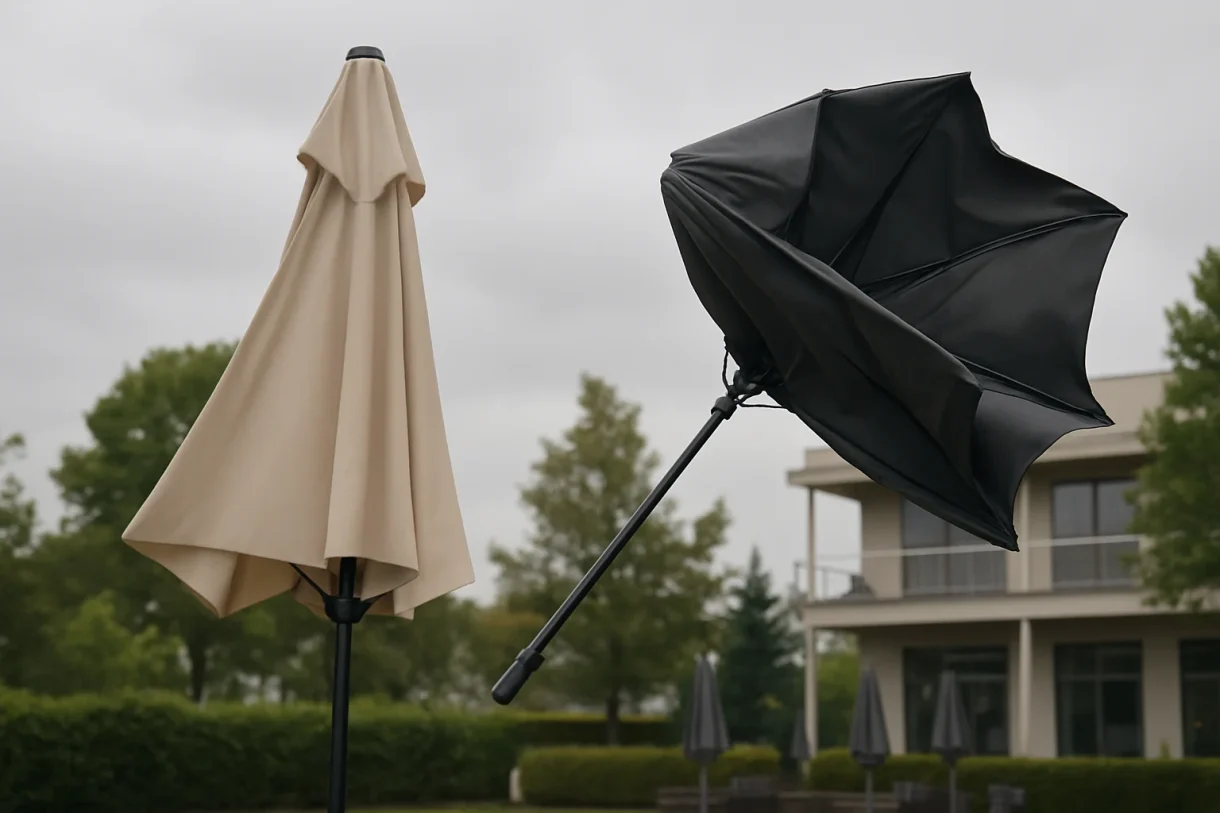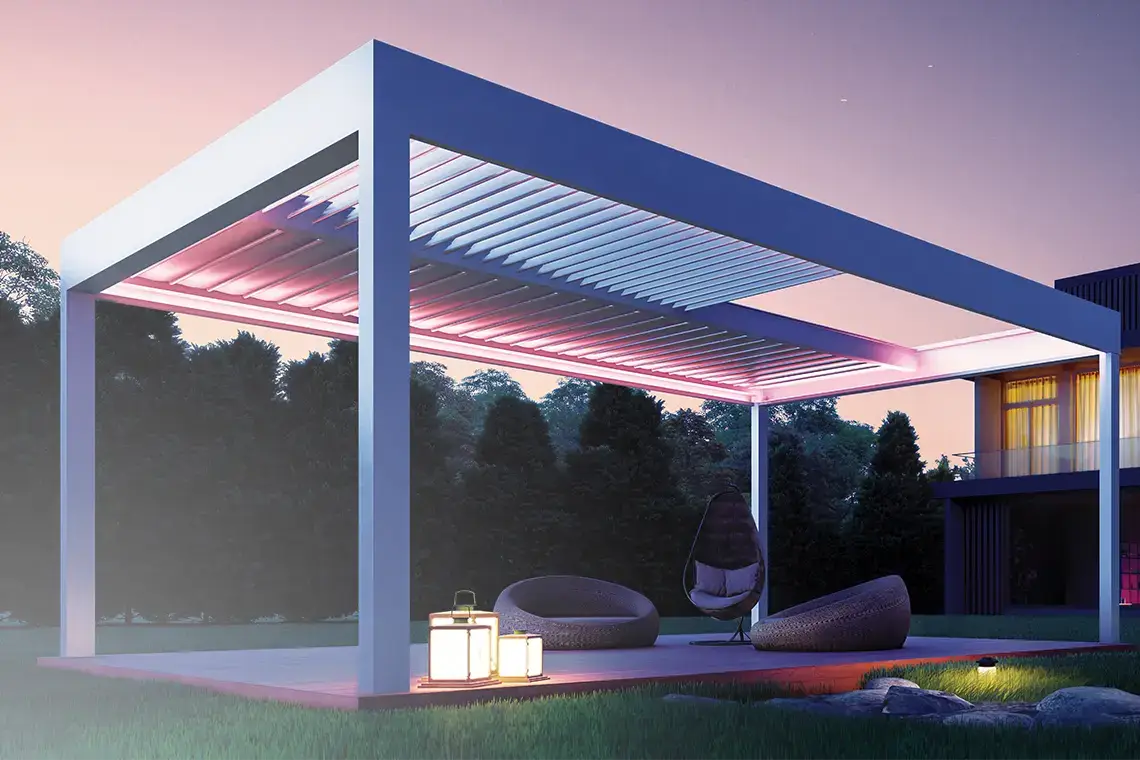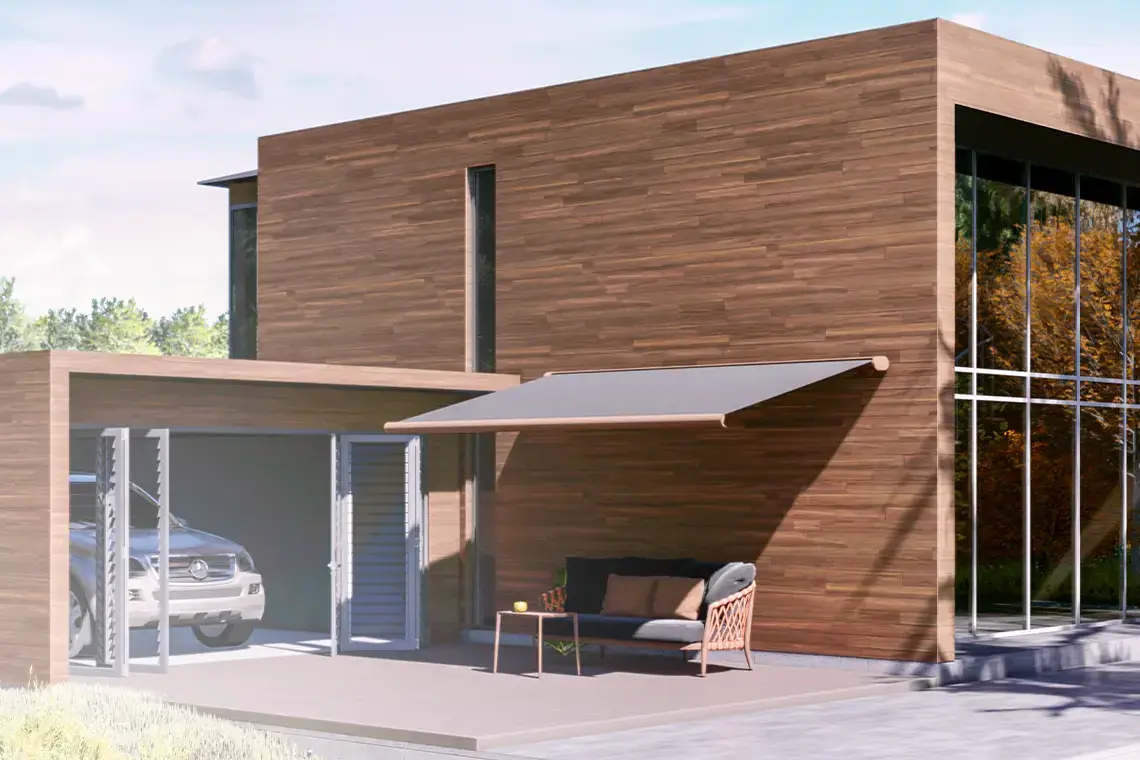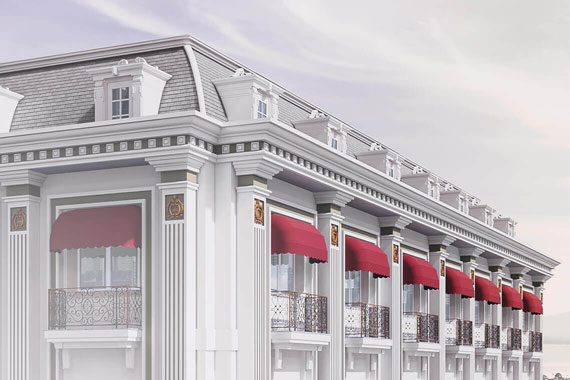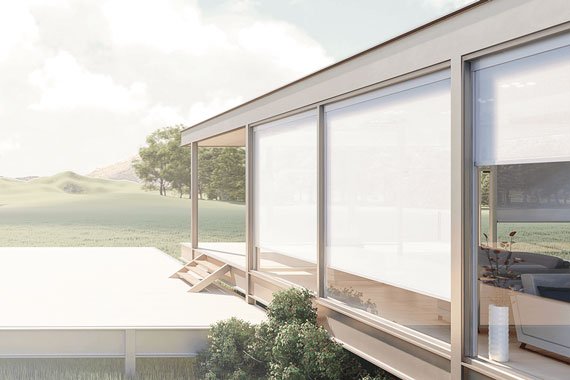When Should You Close Your Commercial Outdoor Umbrella? A Practical Guide for Restaurants, Hotels, and Cafés
Outdoor umbrella systems are essential for creating inviting commercial spaces, but without proper wind management, they can quickly become a safety concern. Whether you run a restaurant terrace, hotel poolside area, or café patio, knowing when to close your umbrella is critical. Strong winds can damage equipment, pose risks to guests, and disrupt operations. This guide walks you through the wind safety essentials, including design features that improve wind resistance and best practices for daily use. Protecting your outdoor setup starts with informed decisions and proactive planning.
Why Wind Safety Matters for Commercial Umbrella Systems
In hospitality businesses like restaurants, hotels, and cafés, outdoor umbrellas are not just decorative features — they’re integral to customer comfort. However, if not properly managed during windy conditions, they can become safety hazards. Strong winds can lift umbrellas unexpectedly, risking injury to guests or staff and causing damage to nearby furniture, windows, or vehicles.
Unlike residential setups, commercial environments typically have larger umbrellas and higher foot traffic, making wind safety even more critical. Ensuring umbrellas are closed or secured during high winds not only prevents accidents but also helps businesses avoid potential liability issues. Moreover, taking wind precautions reflects a brand’s attention to detail and guest care — two factors that contribute to a positive customer experience.
Key Factors That Affect Wind Resistance in Commercial Umbrellas
Not all commercial umbrellas offer the same level of stability under windy conditions. The umbrella’s ability to withstand wind depends on a combination of structural and design factors. For restaurants, hotels, and cafés that rely heavily on outdoor seating, selecting wind-resistant features is a crucial part of investment decision-making.
Commercial umbrellas should be engineered to handle sudden gusts and variable weather. Key considerations include the strength and flexibility of the frame, the anchoring mechanism used, and the overall size and shape of the canopy. When these elements are properly aligned, businesses can significantly reduce the risk of wind-related incidents and extend the lifespan of their outdoor shading systems.
Frame Material and Engineering Design
The durability of a commercial umbrella in windy conditions starts with its frame. High-quality materials like powder-coated aluminum or reinforced steel offer the necessary strength without adding excessive weight. These materials also resist corrosion, making them ideal for outdoor environments where moisture and sun exposure are constant.
Equally important is the engineering behind the structure. Wind-resistant umbrellas are designed with flexible joints and aerodynamic canopies that help reduce wind pressure. Tension systems, reinforced ribs, and vented tops are also commonly integrated to allow controlled airflow and minimize lift. For commercial use, choosing an umbrella with a well-engineered frame isn’t just about longevity—it’s about safety and operational efficiency.
Base Weight and Ground Fixing Systems
A strong frame means little without a secure foundation. The stability of a commercial umbrella largely depends on how well it is anchored to the ground. For businesses operating in areas with unpredictable weather, choosing the right base weight or ground fixing system is essential to prevent tipping or uplift.
Heavier base weights, often made from concrete marble or steel, are ideal for semi-mobile setups. For permanent installations—like hotel terraces or restaurant patios—ground anchors or in-ground sleeves provide superior resistance against strong gusts. These systems distribute wind force evenly and reduce the risk of accidents, even during sudden weather changes. Proper fixation not only ensures guest safety but also protects your investment in the long run.
Large Outdoor Umbrella Size
The size of your commercial umbrella plays a critical role in how it performs under windy conditions. Larger umbrellas naturally catch more wind, which can increase the risk of tipping or structural strain if not properly supported. That’s why size should always be considered in combination with frame quality and base stability.
For spacious patios or outdoor dining areas, investing in a large outdoor umbrella designed specifically for commercial use ensures better coverage without compromising safety. These models are built with reinforced joints, vented canopies, and high-grade materials to manage both shade and wind efficiently. Choosing the appropriate size for your layout not only enhances the guest experience but also reduces the likelihood of weather-related disruptions.
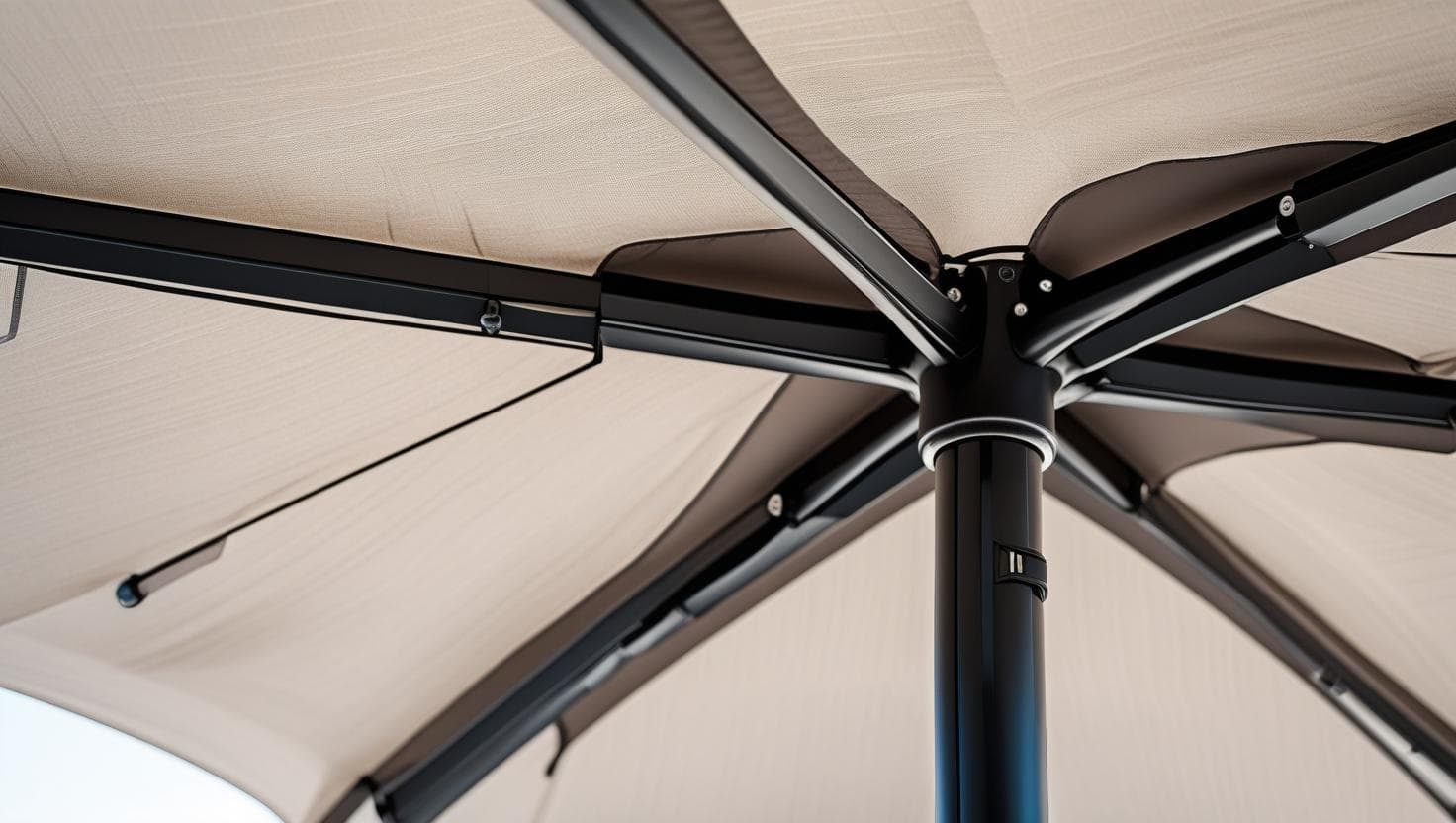
Choosing the Right Large Outdoor Umbrella for Wind-Prone Areas
In locations with frequent wind exposure—like coastal restaurants, rooftop cafés, or hotel gardens—selecting the right umbrella is essential for both safety and durability. Here’s what to look for:
- Wind Vents: Allow air to pass through the canopy, reducing uplift and pressure.
- Reinforced Frames: Marine-grade aluminum or powder-coated steel ensures long-term durability.
- Flexible Design: Easy-to-close or retractable systems help quickly secure the umbrella during sudden gusts.
- Proper Anchoring Options: Compatibility with heavy bases or ground-fixing systems is crucial.
- Certified Wind Ratings: Choose models that come with tested wind resistance specifications.
- Vendor Support: Work with manufacturers who provide setup guidance and after-sales service.
By focusing on these features, commercial businesses can maintain safe, stylish, and functional outdoor spaces throughout the year.



